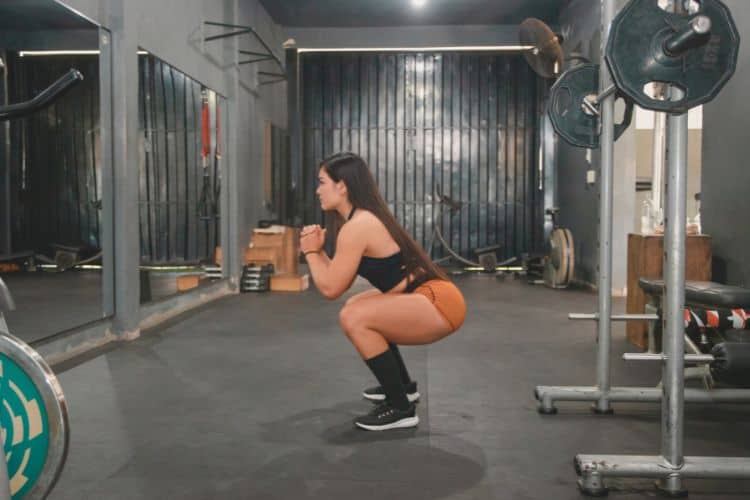Sign up for workout ideas, training advice, reviews of the latest gear and more.






High-intensity interval training (HIIT) has taken the fitness world by storm, and for a good reason. This time-efficient workout method delivers impressive results, including improved cardiovascular health, fat loss, and increased strength. For women, HIIT workouts are especially effective in meeting diverse fitness goals, whether it’s weight loss, toning, or boosting endurance.
In this guide, we’ll explore the benefits of HIIT for women, provide tips for getting started, and outline some of the most effective HIIT workouts tailored to women’s fitness needs.
HIIT involves alternating short bursts of intense exercise routine with periods of rest or low-intensity activity. These workouts can last anywhere from 10 to 45 minutes, making them suitable for even the busiest schedules. The goal is to maximize effort during the high-intensity intervals, followed by active recovery to prepare for the next round.
HIIT is not just a fitness trend; it’s backed by science. Here are some reasons why HIIT is particularly beneficial for women:
Before diving into HIIT workouts, keep these tips in mind to ensure safety and effectiveness:
Warming up prepares your muscles and reduces the risk of injury. Spend 5–10 minutes performing dynamic stretches or light cardio like jogging or jumping jacks.
HIIT is about pushing yourself, but the intensity should be appropriate for your fitness level. Beginners can start with moderate intervals and gradually increase intensity.
Rest periods are just as important as high-intensity intervals. They allow your body to recover and prepare for the next burst of effort.
Proper form is critical to avoid injuries, especially during high-intensity movements. Slow down if necessary to maintain correct posture and technique.
Aim for 2–3 HIIT sessions per week, allowing at least one rest day between sessions for recovery.
This 20-minute workout is perfect for women new to HIIT.
Repeat: 3 rounds
Designed to maximize calorie burn and target fat loss.
Repeat: 4 rounds
This workout combines cardio and strength training for a full-body burn.
Repeat: 3 rounds
Target your core while keeping your heart rate up.
Repeat: 4 rounds
For women who prefer a gentler introduction to HIIT, this low-impact routine minimizes joint stress.
Repeat: 3 rounds
Challenge your limits with this high-intensity session.
Repeat: 4 rounds
To maximize fat burn, focus on high-intensity cardio movements like burpees, sprints, and jump squats. Incorporate shorter rest periods for increased calorie expenditure.
Add strength elements such as kettlebell swings, dumbbell thrusters, and deadlifts. These exercises build muscle while keeping the heart rate elevated.
Incorporate longer intervals of moderate-intensity exercises, such as jogging or cycling, paired with brief, high-intensity bursts.
HIIT provides maximum results in minimal time, making it ideal for busy women balancing multiple responsibilities.
HIIT’s ability to torch calories during and after the workout makes it one of the most effective methods for fat loss.
Regular HIIT sessions improve cardiovascular fitness, allowing you to tackle everyday activities with ease.
HIIT can help balance hormones, particularly for women experiencing shifts due to age or stress.
Absolutely! Start with lower-intensity exercises and gradually increase as your fitness improves.
2–3 times per week is ideal, with rest or low-intensity days in between to allow for recovery.
Consult your doctor before starting HIIT if you’re pregnant. Low-impact modifications may be safer.
While equipment can enhance a workout, bodyweight exercises are equally effective for HIIT.
High-intensity interval training is a powerful tool for women looking to achieve their fitness goals efficiently and effectively. Whether you’re a beginner or a seasoned athlete, HIIT can be customized to suit your needs, helping you burn fat, build muscle, and boost endurance. By incorporating these workouts into your routine, you’ll not only transform your body but also improve your overall health and well-being.
Start your HIIT journey today and experience the benefits firsthand!
Stay up to date on the latest women’s health, fitness and lifestyle trends and tips.